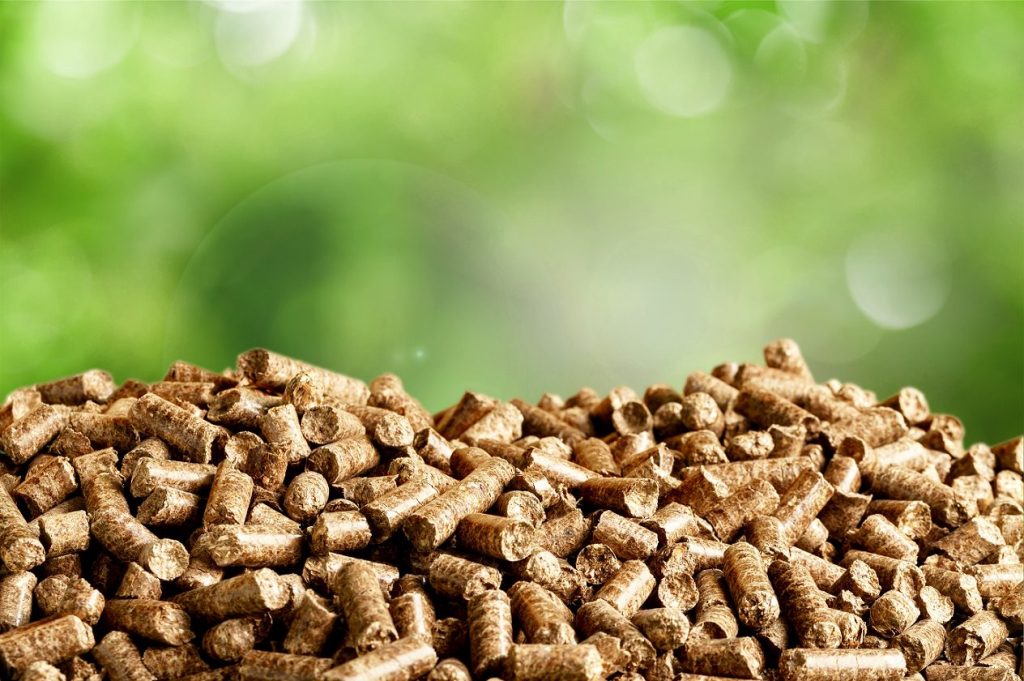Timber pellets are a form of biomass gas produced from squeezed sawdust, wood chips, and other timber residues. They’re widely used as a alternative power resource for heat homes, firms, and industrial facilities. Timber pellets provide several advantages around standard fossil fuels, including decrease carbon emissions, decreased dependence on non-renewable methods, and cost-effectiveness.
One of many principal benefits of wood pellets is their sustainability. Unlike fossil fuels, which are finite methods, timber pellets are made from green biomass products which can be replenished through responsible forestry methods and sustainable land management. This makes wood pellets an even more green option to old-fashioned heat fuels, because they reduce greenhouse fuel emissions and mitigate environment change.
Additionally, timber pellets are very effective when utilized in modern pellet ranges, boilers, and furnaces. They have a top energy occurrence and make regular, manageable temperature, permitting precise temperature regulation and optimal comfort. Additionally, timber pellet heating programs can be computerized and incorporated with existing heating infrastructure, making them easy and simple to use.
Along with their environmental and effectiveness benefits, timber pellets may also be cost-effective compared to numerous other heat fuels. While the initial investment in a timber pellet home heating might be more than that of a main-stream furnace or boiler, the long-term savings on gas costs may counteract this expense over time. Also, wood pellets tend to be made domestically, lowering transport costs and promoting local economies.
More over, wood pellets are a versatile gasoline that may be used in many different heating applications. They may be burned in pellet ovens for residential heat, pellet boilers for larger houses and commercial rooms, and pellet furnaces for professional processes. That mobility makes wood pellets suitable for a wide selection of heating wants, from personal homes to large-scale facilities.
Nevertheless, it’s important to think about environmentally friendly and cultural impacts of wood pellet production. While sustainably handled woods may offer as a green source of biomass for pellet generation, unsustainable recording techniques and deforestation may lead to habitat loss, biodiversity decline, and different environmental issues. Also, the need for timber pellets has elevated considerations about competition for area and assets, as well as possible situations with food generation and conservation efforts.
Moreover, the sustainability of wood pellet generation is dependent upon responsible sourcing and accreditation practices. Agencies including the Sustainable Biomass Program (SBP) and Forest Stewardship Council (FSC) have developed criteria and accreditation systems to market responsible forestry practices and guarantee the sustainability of buy wood pellets online pellet production. By getting licensed timber pellets, customers can support firms that adhere to rigid environmental and cultural standards.
To conclude, wood pellets give you a sustainable, efficient, and cost-effective alternative to standard heat fuels. They are made from green biomass components, create lower carbon emissions than fossil fuels, and can be used in many different heating applications. However, it’s necessary to think about the environmental and cultural impacts of wood pellet generation and to guide responsible sourcing and accreditation methods to ensure the sustainability of this green power source.

